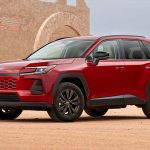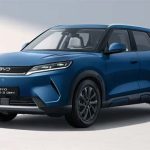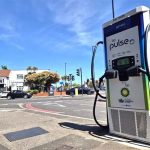 WardsAuto editors spent October and November evaluating 37 all-new or improved powertrains, including four battery-electrics before settling on the winners.
WardsAuto editors spent October and November evaluating 37 all-new or improved powertrains, including four battery-electrics before settling on the winners.
In alphabetical order, they are:
– 127-kW Electric Motor (BMW i3 electric vehicle)
– 6.2L OHV V-8 (Chevrolet Corvette Stingray)
– 6.2L Supercharged OHV V-8 (Dodge Challenger SRT Hellcat)
– 1.0L Turbocharged DOHC 3-cyl. (Ford Fiesta)
– 100-kW Fuel Cell (Hyundai Tucson FCV)
– 1.5L Turbocharged DOHC 3-cyl. (Mini Cooper)
– 3.0L Turbodiesel DOHC V-6 (Ram 1500 EcoDiesel)
– 2.0L Turbocharged DOHC H-4 (Subaru WRX)
– 1.8L Turbocharged DOHC 4-cyl. (Volkswagen Golf)
– 2.0L Turbocharged DOHC 4-cyl. (Volvo S60)
“We spend a lot of time reading the powertrain tea leaves throughout the auto industry, and we’re proud that this year’s list is a microcosm of all the latest innovation coming from automakers,” says WardsAuto World Editor-in-Chief Drew Winter.
“It’s not just a list for enthusiasts or for environmentalists,” he says. “There’s something for every vehicle shopper and every budget. All the powertrains on this list deliver a first-rate driving experience.”
BMW seeks to redefine the concept of mobility and generally succeeds with the i3, a battery-electric compact car that employs a carbon-fiber-reinforced plastic passenger cell, thermoplastic body panels and lots of recycled materials to deliver a curb weight hundreds of pounds lighter than every other 4-passenger EV on the market.
The lightweight chassis sets the stage for a sprightly electric motor that generates 170 hp and 184 lb.-ft. (249 Nm) of torque in a broad powerband that is uncommon among EVs, enabling the i3 to reach 60 mph (97 km/h) in 7 seconds.
Truly setting the BMW i3 apart from other EVs is the optional 0.7L gasoline-fueled generator that roughly doubles range to 150 miles (241 km) and mitigates the fear of being stranded when the electricity runs out.





